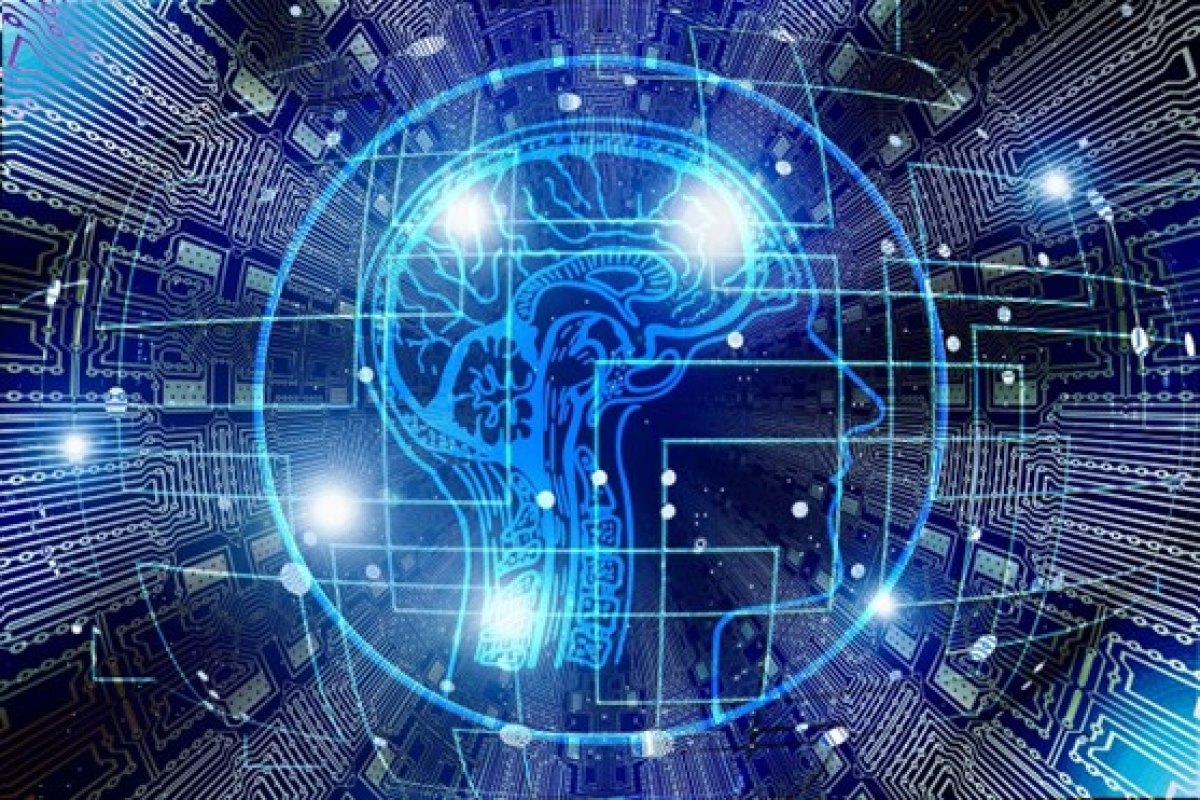Artificial intelligence has already made a tremendous impact on the world we live in today. It has transformed industries, businesses, and our daily lives. AI is not just a technology of the future, but it is already here, and it is growing at an unprecedented pace. This article aims to provide a comprehensive beginner's guide to AI, from its history and basic concepts to current applications and future possibilities.
Brief History & Evolution of AI
The concept of artificial intelligence has been around for a long time. It began with the idea of creating machines that could mimic human intelligence. The earliest attempts at creating AI can be traced back to the 1950s when computer scientists and mathematicians began working on developing machines that could learn and reason like humans.
In the following decades, AI development was slow and limited to academic research. However, the 21st century saw a surge in AI development, thanks to advancements in computing power, data storage, and processing. The availability of big data and cloud computing paved the way for machine learning algorithms, which are a subset of AI.
Understanding the Basic Concepts of AI
Artificial intelligence refers to the ability of machines to perform tasks that would typically require human intelligence, such as learning, reasoning, and problem-solving. It involves the use of algorithms and statistical models to analyze data, make decisions, and take actions based on that data.
There are two main types of AI: narrow or weak AI and general or strong AI. Narrow AI, as the name suggests, is designed to perform a specific task, such as facial recognition or voice recognition. General AI, on the other hand, is designed to perform any intellectual task that a human can do.
Types of AI
Narrow AI
Also known as weak AI, narrow AI is designed to perform a specific task. It is the most common form of AI that we encounter in our daily lives. Examples of narrow AI include virtual assistants like Siri and Alexa, recommendation algorithms used by e-commerce websites, and chatbots used by customer service departments.
General AI
Also known as strong AI, general AI is designed to perform any intellectual task that a human can do. It is not limited to a specific task or domain. General AI is still a theoretical concept and has not been fully realized yet. However, researchers and scientists are working on developing algorithms and models that can enable machines to perform a wide range of intellectual tasks.
Machine Learning - a Subset of AI
Machine learning is a subset of AI that involves the use of algorithms and statistical models to enable machines to learn from data and improve their performance over time. Machine learning algorithms are trained on large datasets to identify patterns and relationships in the data.
There are three main types of machine learning: supervised learning, unsupervised learning, and reinforcement learning. Supervised learning involves training a machine learning algorithm on labeled data, whereas unsupervised learning involves training on unlabeled data. Reinforcement learning involves training a machine learning algorithm to learn from trial and error.
Applications of AI in Various Industries
AI has already made a significant impact on various industries, including healthcare, finance, transportation, and retail. In healthcare, AI is being used to develop personalized treatment plans, diagnose diseases, and improve patient outcomes. In finance, AI is being used to detect fraud, predict market trends, and automate investment decisions.
In transportation, AI is being used to develop self-driving cars, improve traffic flow, and optimize routes for delivery trucks. In retail, AI is being used to develop personalized shopping experiences, optimize pricing, and improve supply chain management.
The Future of AI and Its Impact on Society
The future of AI is both exciting and uncertain. On the one hand, AI has the potential to solve some of the world's most pressing problems, such as climate change and disease outbreaks. On the other hand, there are concerns about the impact of AI on employment, privacy, and security.
One of the biggest challenges facing AI is developing algorithms that are transparent and explainable. As AI becomes more prevalent, it is essential to ensure that the decisions made by AI systems are transparent and can be explained to the people affected by those decisions.
Conclusion
AI is transforming the world we live in, and it is only going to become more prevalent in the years to come. Understanding the basic concepts of AI is essential for anyone who wants to stay informed about the latest developments in this field. This beginner's guide has covered the history and evolution of AI, the basic concepts of AI, the types of AI, machine learning, applications of AI in various industries, and the future of AI. We hope that this guide has provided you with a solid foundation for understanding how AI is changing the world.

